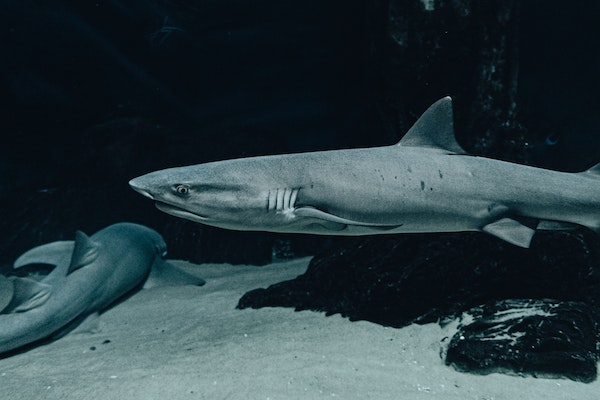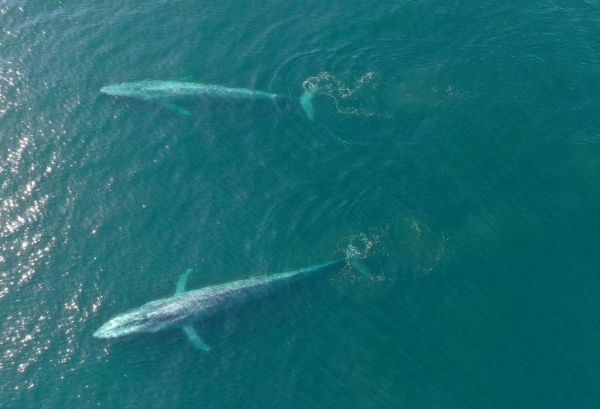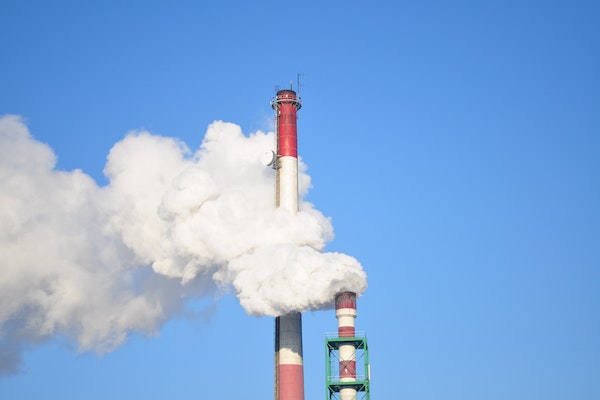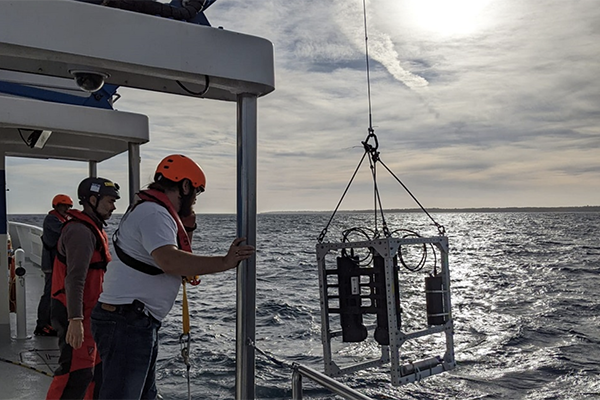‘We can literally turn animals into flying, swimming and walking weather stations,’ say researchers

Equipping fish, birds, seals and other creatures with sophisticated sensors can offer localized and timely data on environmental conditions impacted by climate change that current technology cannot, a new study concludes.
“We can literally turn animals into flying, swimming and walking weather stations,’’ said Diego Ellis Soto, a Ph.D. student at Yale University. “Animals equipped with modern sensors could be seen as the 21st-century version of the canary in the coal mine.”
The study, which was published in Nature Climate Change, describes the shortcomings of current methods of collecting weather and climate data and the benefits of equipping animals with sensors. Currently, scientists rely on an elaborate network of satellites, ocean buoys, weather stations, balloons and other technologies to help predict the weather and assess the global effects of climate change on terrestrial landscapes, oceans and the atmosphere. But the researchers say that this overlooks some of the most sensitive and informative instruments of all – the world’s animals.
By tagging animals with such technologies, researchers at Yale’s Center for Biodiversity and Global Change (BGC Center) and the Max Planck Institute of Animal Behavior say that scientists can improve their measurements of air temperature, ocean salinity and air pollution as well as the animals’ own metabolism. In doing so, animals can help scientists fill critical data gaps, particularly in remote parts of the planet.
“Animals can be our fine-tuned biological weather stations,” said Martin Wikelski, co-author and director of the Max Planck Institute of Animal Behavior.
Using animals to monitor conditions also offers the opportunity to collect data that is more localized and comprehensive. Satellites, for instance, can give a rough approximation of conditions in sub-Saharan Africa at a resolution of one square kilometer.
“[But] a white stork with sensors can give us a bird’s eye view of conditions on the ground in seconds,” Ellis Soto said.
Can artificial reefs in seagrass meadows help protect the ocean against climate change?
Another example: Ocean seagrass is one of nature’s crucial ways to capture carbon emissions that fuel climate change. Scientists have been able to find many concentrations of oceanic seagrass by following the movements of sensor-carrying tiger sharks, which are known to be attracted to mangroves and sea grass. Thus, by combining knowledge of animals’ ecologies with technological advances, researchers can remotely monitor hard-to-access regions across the world.
Benefits extend beyond the purely wild areas of the world. With many regions enduring extreme heat this summer, carrier pigeons helped identify dangerous urban heat islands – urban areas that are significantly warmer than surrounding regions – and air pollution levels in heavily populated areas.
“We are advocating for an existing byproduct of many modern GPS tracking devices that few meteorologists and biologists are using,” Ellis Soto said. “It is an untapped gold mine of detailed meteorological information with relevance for weather forecasting and biology alike.”
Now that you've reached the end of the article ...
… please consider supporting GSA’s mission to advance responsible seafood practices through education, advocacy and third-party assurances. The Advocate aims to document the evolution of responsible seafood practices and share the expansive knowledge of our vast network of contributors.
By becoming a Global Seafood Alliance member, you’re ensuring that all of the pre-competitive work we do through member benefits, resources and events can continue. Individual membership costs just $50 a year.
Not a GSA member? Join us.
Author
-
Responsible Seafood Advocate
[103,114,111,46,100,111,111,102,97,101,115,108,97,98,111,108,103,64,114,111,116,105,100,101]
Tagged With
Related Posts

Innovation & Investment
Tool aims to predict effects of marine heatwaves, improve fisheries management
Scientists have developed an ocean management tool that provides real-time predictions of how top predators shift during marine heatwaves.

Responsibility
New data platform tackles ‘information gap’ on climate change indicators
Leading scientists to update climate change indicators annually to stay informed on critical aspects of global warming.

Intelligence
FAO issues ‘roadmap’ for early harmful algal bloom warning systems
Document provides guidance to implement or improve early warning systems for harmful algal blooms that threaten seafood and public health.

Innovation & Investment
FAU: Holographic microscopy may provide an effective red tide warning system
An autonomous, submersible, 3D holographic microscope and imaging system could provide an effective red tide warning system, a study finds.



